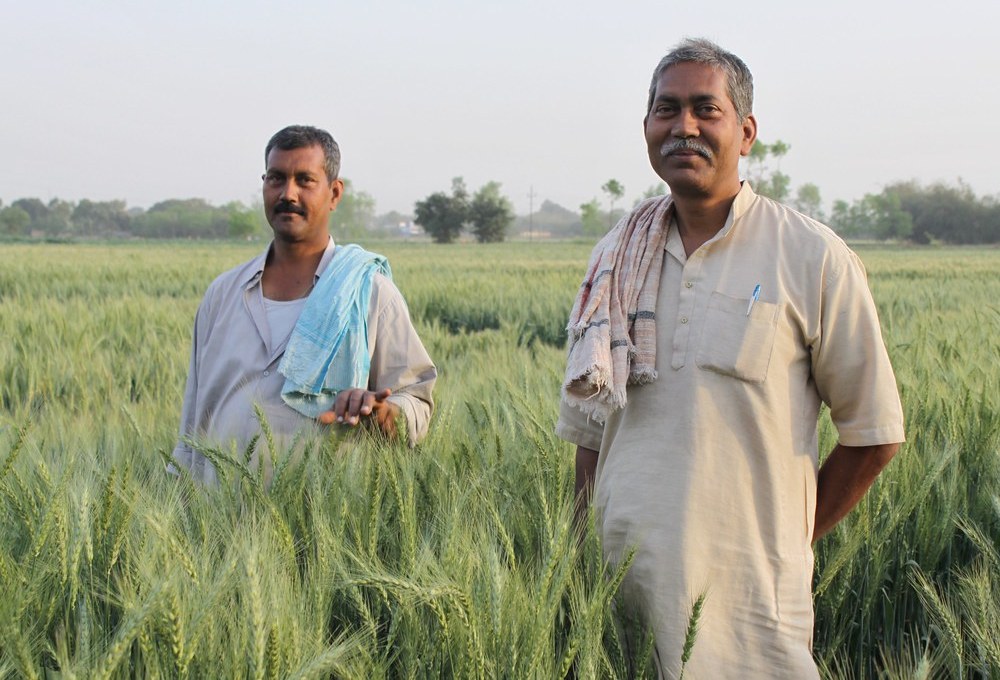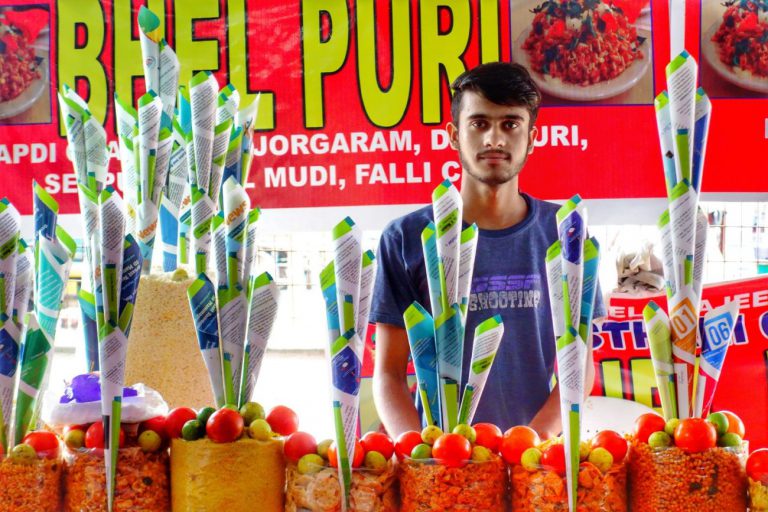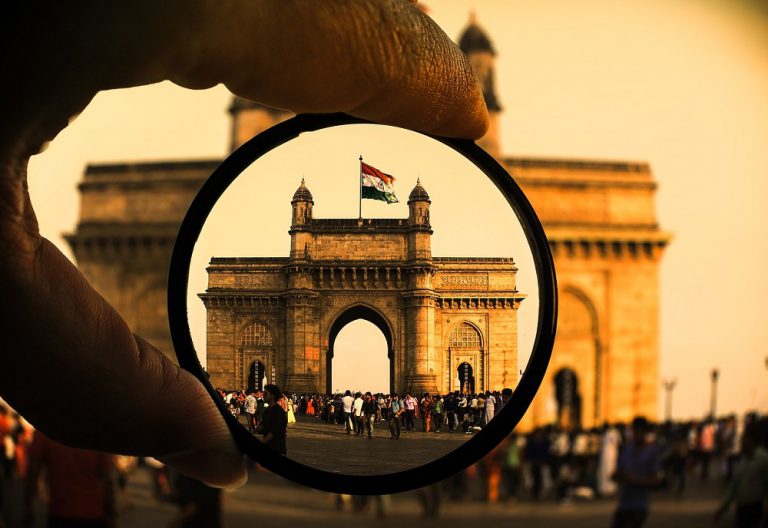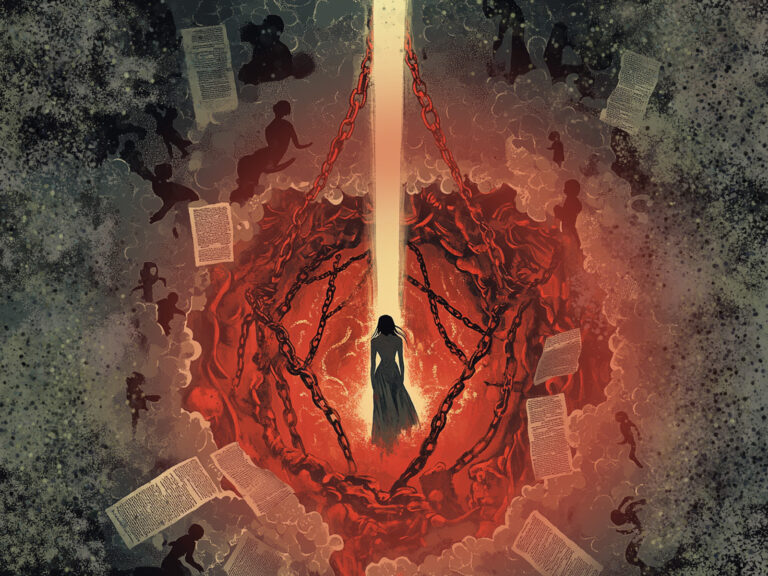Agriculture bill: Matter of anecdote
The Upper House (Rajya Sabha) passed the Agriculture Bill which was opposed by the opposition parties on September 20, 2020. The bill has triggered protests among the farmers at several places. We mention the details of the agricultural bill below:
1.Empowerment and the protection (Agreement on the price assurance and the farm service bill 2020).
2.The farmer agreement ordinances create a framework for the contract farming through an agreement between buyer and farmer before the production. It provides a three-level dispute settlement mechanism
(a) The conciliation board
(b) Sub-divisional magistrate
(c) Appellate authority.
3. Essential commodities (amendments) ordinance, 2020 allow the central Government to regulate the supply of certain food items only under extraordinary circumstances(such as war and famine) it may impose a stock limit on agriculture produce only if there is a steep price rise.
A look at the fallacy from Policymakers
Let us look at what the government has implemented since 1950 regarding agriculture bills. The theme of the paper covers the relationship between the agriculture policy, economy and the economic policy of a national level. During the latter part of the 1960s when the food situation was critical and a high yielding variety of cereals became available, the policymakers of India were in conflict. India’s agriculture policy and perhaps the least developed countries have often been criticized for being “negligent of agriculture”. The criticism gains legitimacy because of the failure in agriculture. A reference of the agriculture performance in the pre-independence period (1901-1950) may not be considered being relevant. Between 1911 and 1941[Blyn, George1966, Agriculture trend in India 1891-1947] per capita availability of the food grains – taking into account the international trade flows, declined by 26%. This is from where agriculture in Independent India takes off. Between 1951 and 1971 food grain production increased from 55 million to 108.4 million [Ministry of agriculture]. This growth was however not smooth and there were quite a few years like in 1966, 1967,1973 when the country faced a severe food crisis. We shall now confine ourselves to the agriculture policy.
Expenditure in the agriculture sector
The neglect of agriculture for which Indian policymakers have been criticised is identified with failing to allocate an adequate share of expenditure in agriculture. Everyone was glad that during the first five-year plan agriculture given pride of a place (1951-56). The share of the agriculture community in the public sector in the first five-year plan was 15.1% as against 6.3% of industries, minerals. The second five-year plan had reversed the ranking by allocating 14.4% to industries and 11.8% in agriculture [Economic survey, Dutt and Sundaram]. Our contention is that a charge of inadequacy in expenditure needs to be given more substantial proof. There is no sector in the Indian economy which has not perhaps had a scarcity in investment in the following catalogue like transport, family planning, education, social service, coal and cement. The impression that the Government of India has been deliberately keeping the price of the agriculture commodities low is due to the fact that in some years, food grain procurement prices the government fixed that were below the market prevailing price. Further, it should be noted that the government doesn’t buy the entire marketable surplus of the food-grains. Till 1964 it did not exceed 2% and varied between 5 to 8% between 1965 and 1970[FalconWaltor P vol-52 No-5]. This is our contention that rise in the post levy free-market price, with the withdrawal of a part of stocks from the market through procurement, more than compensates the farmer for loss suffered by him from the selling to the government at a below-market price.
The magnitude of the difference includes-
1.Price flexibility coefficient
2.Proportion of market surplus bought by the government.
3.Relative level of the open market price.
As Mellor says – “an increase in the food grain price has a substantial income effect in reducing consumption of high nutritive value”.
The policymakers in India had kept the food price high and displayed a big farmer, anti-urban, and anti-poor bias damaging the nutrition of the poor. In short, the big farmers in India have high incentive from the negligible agriculture taxation and heavily subsidized critical inputs like irrigational water, and electricity for pump sets.
Did the adoption of HYV technology increase food production? It is a fact that the so-called green revolution has failed to raise the overall rate of the growth in agricultural output in the country above the level achieved in 15 years before 1965. It is also asserted that technological changes created a slowdown in agriculture growth in the 1960s as compared to 1950. Since (1953-54,1958-59, 1961-62, 1964-65) it has grown at a rate of 1.8, 1.7, and 2.7% respectively[Ajit Kumar Singh. p-95]. Many studies of the distribution of the gains in technological changes are vitiated by the fallacy of single factorial analysis. There is substantial evidence which shows that big farmers get much higher prices for their products because of their bargaining power or the capacity to withhold stock in a rising price situation.
Poverty and unemployment in rural sector
In the preceding paragraphs, I attempted to refute some of the charges against the Indian agricultural policy such as neglect of agriculture, deliberate under-investment, underpricing of agriculture commodities, widening inter-regional and interclass disparities. Besides the price restraining effect more than negated by the monetary inflation caused a burden to poverty to some extent. As against these positive aspects, agriculture policy did not contribute to removing rural poverty and unemployment.
Conclusion
The failure of agriculture and economic policy content to make any impact on rural poverty and unemployment and equitable distribution of technological change can be attributed to socio-political factors such as lack of political will, the elitist composition of political leadership and bureaucracy. Structural inequalities in the ownership of land and other assets is a bias in the favour of the big farmers. This is a stronger element of truth in the criticism against the agricultural policy.
References
1.Falcon, Walter P. (1970) “The Green Revolution” American Journal of Agricultural Economics, Vol52, No5, December.
2.Griffin, Keith(1974) The Political economy of Agrarian Change, The Macmillan Press ltd P-210.
3.Government of India. (1976) Economic survey,1975-76 Ministry of Finance New Delhi.
4.The Centre of Development studies: Poverty, Unemployment and Development policy, Trivandrum.
5.Ajit Kumar Singh, The dynamic of rural transformation 1951-81 p.95
6.Blyn,George 1966 Agriculture trend in India (1891-1947) output ability and productivity,University of Pennsylvania Press,Philadelphia, USA.
7.Vyas, V.S.,Tyag,D.S and Mishra,V.N (1969)Significance of New strategy of Agriculture Development of Small Farmers,Agro- Economic research centre .Sardar Patel University, Vallabh Vidyanagar 1969.
8.agricoop.nic.in








